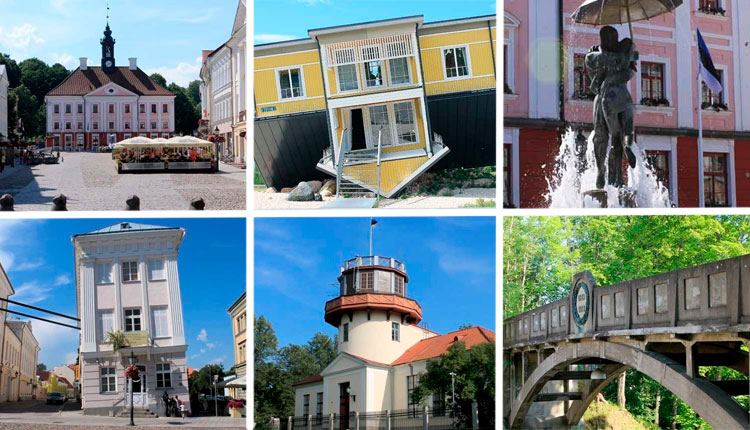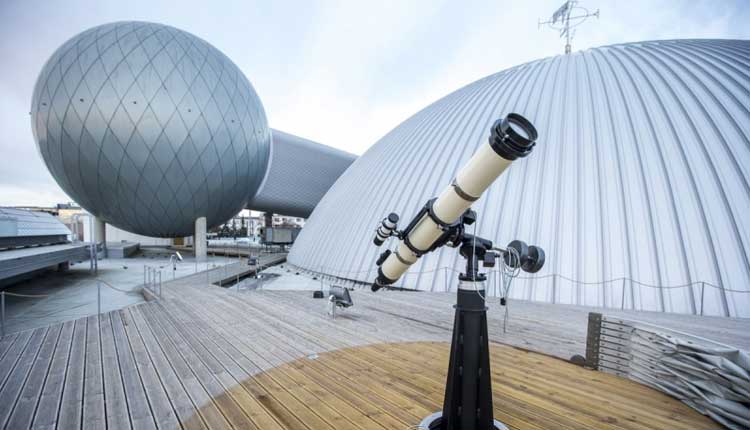Tartu
Tartu is the second largest city in Estonia after Tallinn. It is known in historical chronicles under the names of Yuryev (1030-1224, 1893-1919) and Dorpat (1223-1893). As of January 2020 there are just over 92900 permanent residents, of which 79% are ethnic Estonians and 15.5% are ethnic Russians. The official language of communication is Estonian, but residents also speak English and Russian. The occupied area is 38.8 square kilometers.
Tourist information
Tartu – the city of good ideas
The city of Tartu in Estonia is called the “university capital” because the most prestigious educational institution in the country – the University of Tartu – is located here. Another common epithet for the city is “the student capital”. The pace of life here is set by thousands of young people full of ideas and ambitions, who come here to study not only from all over the country, but also from other countries.
The official slogan of Tartu is The city of good ideas, which is true, because it is the center of academic life in Estonia. One of the city’s most famous attractions is the Ahhaa Science and Entertainment Centre, where visitors are told about the latest scientific achievements in an easy and unobtrusive way. Besides, many national traditions were born in this city, which gives grounds to call it the cradle of Estonian cultural life.
Geographical location
Tartu is located in southern Estonia and is the administrative center of Tartumaa county. The city is divided in two by the River Emajõgi and stretches along it for 9 kilometers. The distance from Tartu to the place where the Emajõgi flows into Lake Peipus is 37 kilometers. The distance from Tallinn to Tartu is 185 kilometers. In relative proximity are such cities as Viljandi, Põltsamaa, Paide.
Climatic features
The climate in Tartu is transitional from temperate to temperate continental. Winters in the city are mild and summers are cool. However, the weather in Tartu is often better than in other Estonian cities. The warmest month of the year is July, the coldest – February.
The average summer temperature in Tartu is 18ºC. On some days, the air can get as warm as 35ºC. The average temperature in winter is -5ºC. The temperatures have tended to increase in recent years and the thermometer rarely dips below zero during the day.
Getting to know the culture and history
It is worth noting that the history of Tartu is closely linked to the city’s university, which has also had a major impact on the development of culture. You can learn about the development of the city and its influence on the formation of Estonian culture in the museums that work here. The city’s monuments are mostly sculptures of prominent scientists, writers and statesmen, whose lives and work were closely connected with the city.
The most recognisable symbols of Tartu are the fountain on Town Hall Square, in the center of which there is a sculpture of students kissing each other, the main building of Tartu University, the “Leaning House” and the arch bridge over the Emajõgi River. Monuments to the Russian physician Nikolai Pirogov and commander Barclay de Tolly are of historical significance.
Tartu is an excellent city for cultural leisure. We have no doubt that once you come here, you will want to come back again. By the way, not far from the city is the only Museum of aviation in Estonia, and a few tens of kilometers from the university capital is a natural zoo Elistvere. Try to find time to explore these sites as well.







